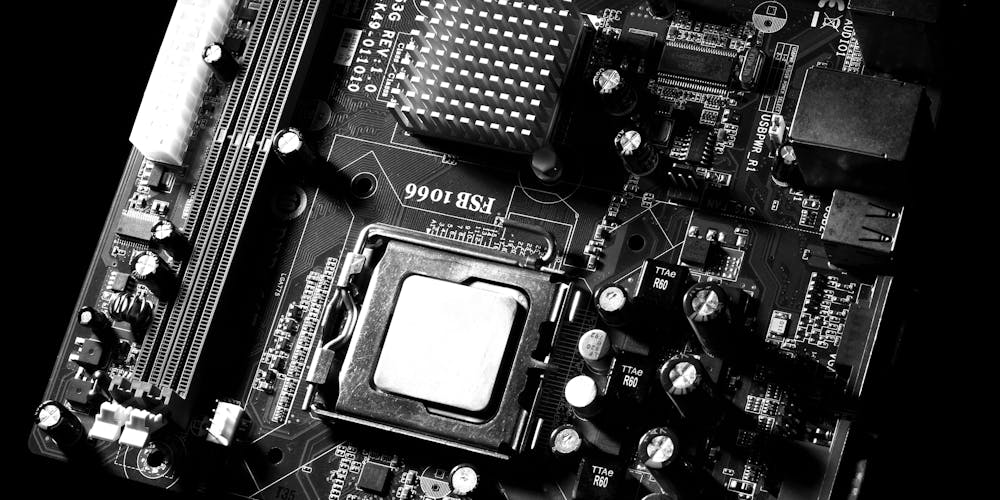In China’s tech realm, a budget-friendly trend has emerged that’s piquing interest among enthusiasts. AMD’s Ryzen 5 5600G, a powerful APU, is being sold at a lower price point than the less powerful Ryzen 5 5600. This unexpected pricing development not only intrigues buyers but also sheds light on AMD’s strategic approach to pricing. As the CPU market is highly competitive, the move signals a potential shift in how AMD may position its products financially, not just in China but perhaps across the global market. While consumers benefit from the added value-for-money, industry watchers are keen to understand the longer-term implications of AMD’s competitive pricing structure and whether this will influence future pricing dynamics within the technology sector. This unforeseen price arrangement could possibly alter standard pricing conventions and reshape consumer expectations when it comes to performance-per-dollar in computing power.
Analyzing AMD’s Pricing Strategy
The APU Advantage
The Ryzen 5 5600G, a robust APU from AMD, integrates strong CPU functionality with Radeon Vega’s advanced integrated graphics. Boasting a base clock speed that surpasses the Ryzen 5 5600, one would anticipate a heftier price tag. However, the 5600G is surprisingly affordable at approximately $116 USD (829 RMB), managing to undercut the 5600, which sells for around $130 USD (939 RMB). This aggressive pricing strategy not only benefits consumers with more cost-effective, powerful hardware but also aligns with AMD’s strategic market objectives. By pricing the more capable 5600G lower, AMD entices customers towards this superior model, which could bolster their market presence by clearing out older stock and drawing users away from less potent options. Thus, AMD’s pricing approach with the 5600G demonstrates a calculated effort to expand its dominance in the APU sector while providing consumers with an attractive price-to-performance ratio.
Market Dynamics and Consumer Benefits
The lowered cost of AMD’s Ryzen 5 5600G is a boon for those keen on updating their aging computers or assembling new ones without breaking the bank. This revised pricing strategy not only makes powerful computing more attainable but also enhances customer loyalty by showcasing AMD’s value. This move illustrates how in tune AMD is with the market dynamics. By adjusting prices strategically, AMD responds effectively to shifts in consumer preferences, rival actions, and the need for efficient stock control. Consequently, AMD’s approach aligns with the objectives of a wider audience looking for a balance between cost and performance. The Ryzen 5 5600G, now more affordable, stands as an example of AMD’s commitment to delivering competitive solutions and maintaining relevance in the ever-evolving tech landscape.
The Implications for AMD’s CPU Lineup
The Portfolio Positioning
AMD offers a diverse CPU range from the budget-friendly Ryzen 3 to the formidable Ryzen 9 to cater to various user needs.
While both the Ryzen 5000 and 4000 series are built on the efficient 7nm process, they stand apart in terms of their core counts, thread numbers, clock speeds, and power consumption specs. For example, the Ryzen 5 5600G shines as a cost-effective powerhouse within its class.
This strategic positioning of CPUs like the 5600G reflects AMD’s dedication to updating its product lines while valuing consumers’ investments. By doing so, AMD not only paves the way for the introduction of cutting-edge models but also ensures that previous-gen processors remain relevant.
In this balanced approach, users benefit from performance enhancements without their prior hardware purchases becoming obsolete too quickly. AMD’s commitment to this upgrade-friendly ecosystem underlines its understanding of consumer needs for versatility and longevity in computer hardware investments.
A Competitive Edge
AMD’s price cut on the Ryzen 5 5600G in China signals a strategic shift that could disrupt the CPU market. By offering a powerful processor at a lower price, AMD undercuts rivals and presents a tantalizing option for consumers keen on finding a balance between cost and performance. This bold move not only benefits budget-conscious buyers but also pressures competitors to re-evaluate their pricing models to stay competitive.
AMD’s strategy exemplifies how performance-oriented hardware doesn’t necessarily have to break the bank, challenging the norm and possibly prompting a ripple effect throughout the industry. The Ryzen 5 5600G’s affordability relative to its capabilities might lead to a wider reconsideration of what consumers expect to pay for quality processors. Consequently, AMD’s approach could reshape the CPU market, both in China and on a global scale, by fostering a landscape where price-to-performance is a crucial deciding factor for customers.

